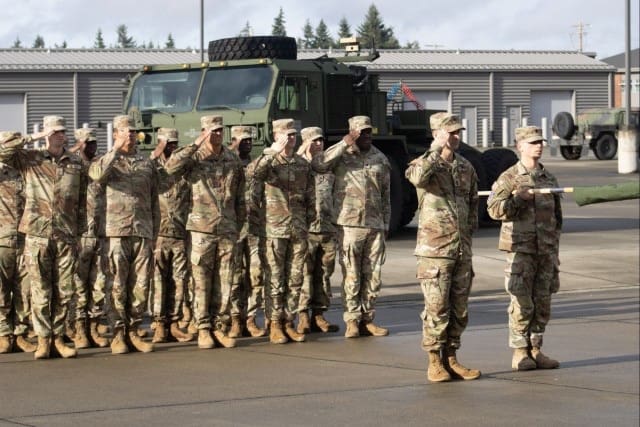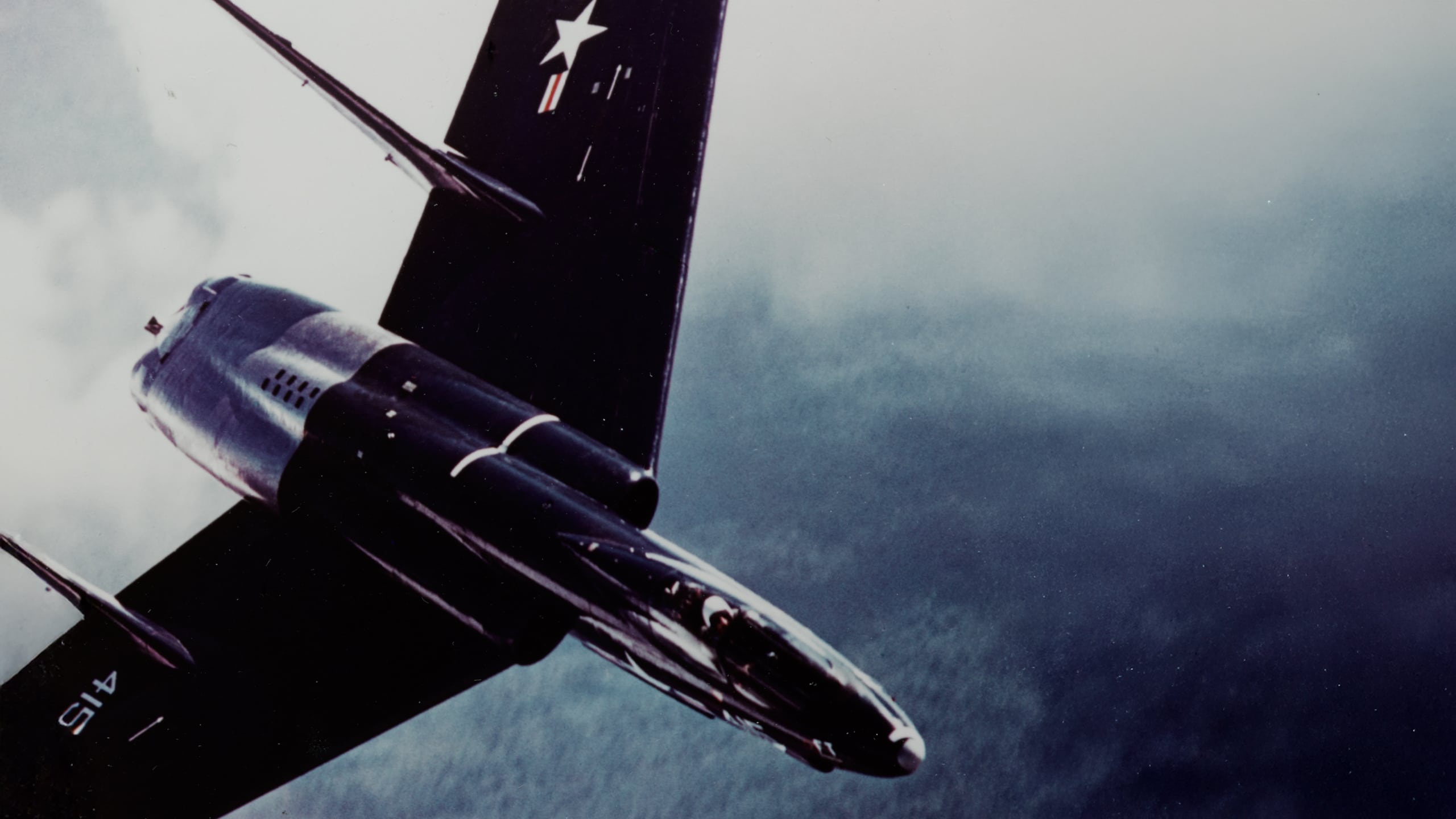Origins and Development
The clicker, formally known as the ‘cricket’, was developed to counteract the challenges of operating in low-visibility conditions, particularly during airborne drops behind enemy lines. The idea was simple yet ingenious—create an audible signal that Allied soldiers could easily use to identify one another without revealing their position to the enemy. The cricket was an inconspicuous, compact device, resembling a small, metal pocket-sized container with a lever that produced a distinct clicking sound. Its design allowed for quick operation—just a light flick of the finger yielded a sound that could travel several yards, depending on the terrain and conditions.
The Man Behind the Clicker
The cricket was popularized by the 502nd Parachute Infantry Regiment, part of the 101st Airborne Division, during the D-Day operations in Normandy. Soldiers were trained to use the clicker to establish contact with fellow paratroopers in the dark chaos after jumping from planes. Major Richard Winters, who commanded Easy Company, famously employed the clickers in his strategic operations. His regiment, featured in the book and television series “Band of Brothers,” highlighted the crucial role the cricket played in navigating post-drop confusion.
The Sound of Survival
During the intense nights following the D-Day drop on June 6, 1944, the air was filled with the sounds of war—artillery fire, distant explosions, and the muffled chatter of troops. Amid this cacophony, the click of the cricket became a lifeline, allowing soldiers to identify allies in a sea of shadows. Each click was more than a sound; it was a coded message that signaled, “I’m friendly—where are you?” Simplicity was the clicker’s most significant advantage. Unlike radios, which could fail due to interference or battery depletion, the cricket worked without any power source and was remarkably easy to use under stress. It allowed soldiers to communicate discreetly and efficiently, minimizing the risk of detection from enemy forces.
Tactical Implementation
The use of clickers was not just random; it was part of a broader set of tactical signals that airborne soldiers utilized in conjunction with other means of communication. Soldiers were trained to recognize specific click patterns; one click might mean “good to go,” while a series of clicks could indicate a request for support or urgent assistance. This method of communication was particularly vital during crucial moments, such as consolidating troops after a drop and planning subsequent maneuvers in enemy territory. The ability to quickly identify fellow soldiers was instrumental in U.S. troops’ efforts to regroup and execute their mission, especially in the chaotic aftermath of airborne operations.
Legacy and Cultural Impact
Although crickets fell out of use after World War II, their impact on military strategy and communication methods can still be felt today. The lessons learned from utilizing simple tools like the clicker have influenced modern military protocols concerning communication during covert operations. In pop culture, references to the cricket have appeared as symbols of camaraderie, remembrance, and the relentless spirit of the U.S. soldiers who came before us. They serve as a reminder of the ingenuity and resilience of individuals who fought under dire circumstances. The clickers used by U.S. Army airborne soldiers during World War II may seem like a minor tool in the vast arsenal of warfare. Yet, their contribution to the success of numerous operations is undeniable. They embodied the spirit of adaptability and innovation among soldiers who faced extraordinary challenges. In the annals of military history, the clicker remains a testament to the power of simple solutions in complex battles. This small device played a significant role in the fight for freedom.

This article on the military history of the Cricket Clicker was submitted by Black Hills Designs who offers them for sale as well as a mount for a rifle or a pouch for your load bearing gear.
You can skip to the end and leave a response. Pinging is currently not allowed.
Read the full article here








Leave a Reply